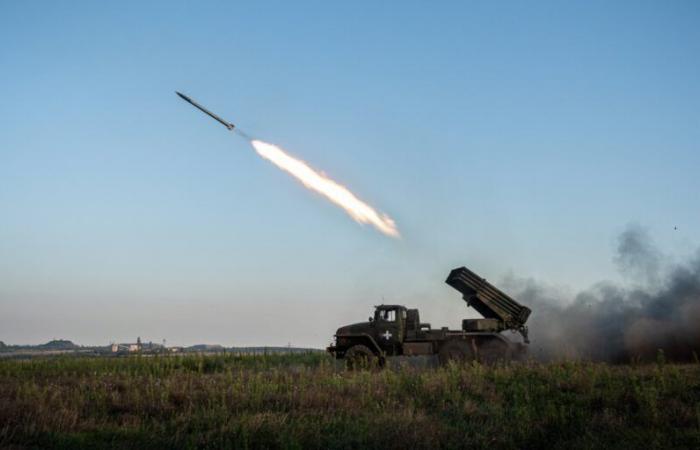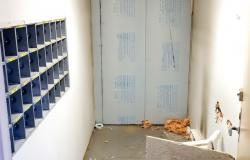Nicolas Tonev / Credit photo: Ignacio Marin / ANADOLU AGENCY / Anadolu Agency via AFP
06:20, November 25, 2024modified to
Since the start of the Ukrainian conflict, and even more so with the conflict in the Middle East, the United States has given the impression of always being one step ahead regarding the announcement of missile launches by the belligerents. And this is only an impression, because the American forces have a formidable space weapon worthy of science fiction, called SBIRS.
Last Thursday, Russia fired at Ukraine a so-called intermediate-range missile with multiple warheads, a 50-ton machine capable of flying more than 5,000 kilometers. A launch of missiles by the belligerents apprehended by the United States, equipped with a space weapon allowing them to always be one step ahead of these announcements: the SBIRS (space based infrared system).
A constellation of satellites
“SBIRS, for Space Infrared Detection System, is a constellation of satellites that detects and tracks missile departures around the world,” indicates the American Space Systems Command in a video. Number of dedicated satellites: six, number of associated satellites: unknown. The machines are placed in three types of complementary orbits to make the best use of their ultra-sensitive sensors.
“Each satellite has two infrared sensors, a missile launch warning scanner which precedes terrestrial detection and an activity detector directed at selected regions,” adds the American command.
An investment deemed profitable
“Not only do they see the heat, but they are able to see that that heat is moving. We have operators who can analyze rapidly moving heat sources and determine the origin, particularly for a ballistic missile , it's absolutely crucial”, explains to Wall Street Journal General Saltzmann, chief of operations of the American space forces.
Everything is decided in the first minutes of launches, when the heat allows us to know where the missile is going to intercept it or protect itself. When the engine shuts off, the machine cools down and is more difficult to detect. SBRIS cost and is very expensive: billions of dollars much discussed at the start of the project, but no longer, proof being given of the strategic advance it gives Washington.






